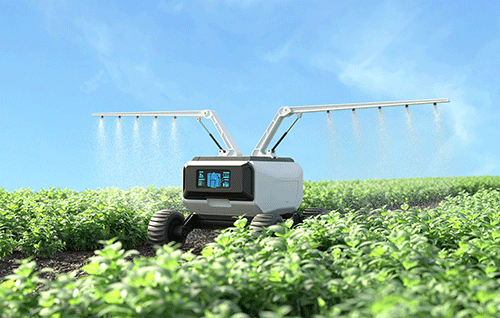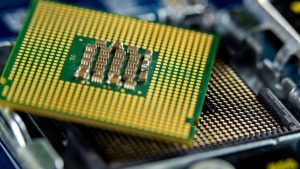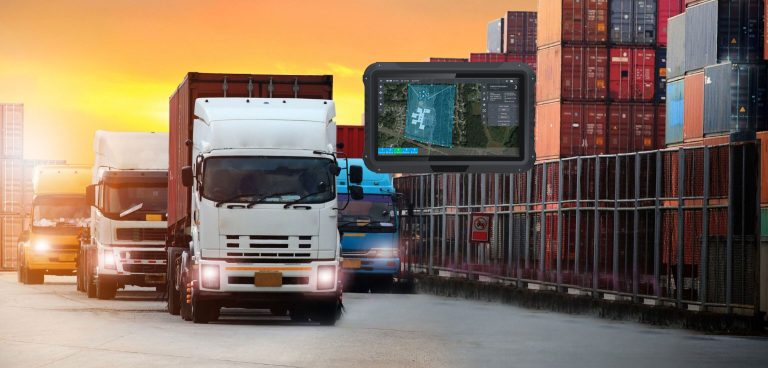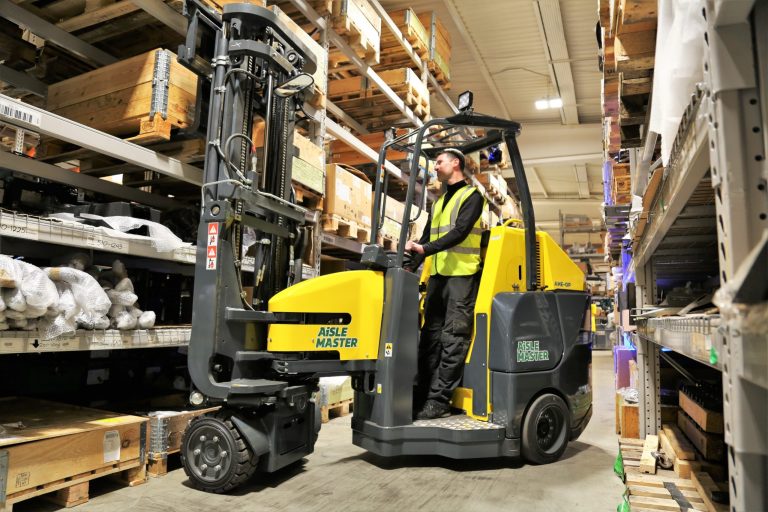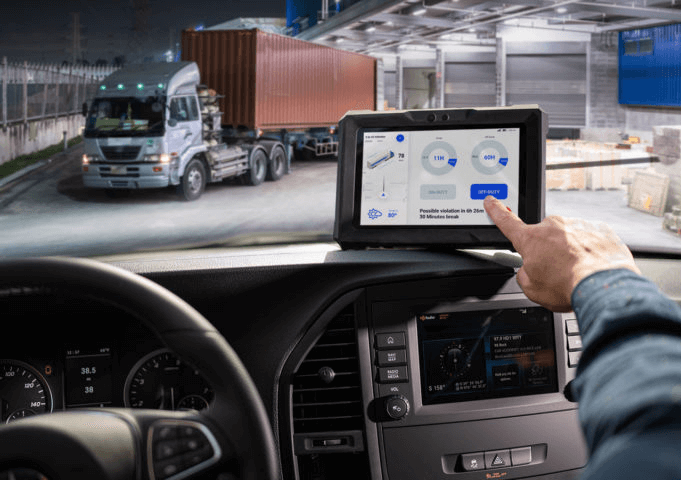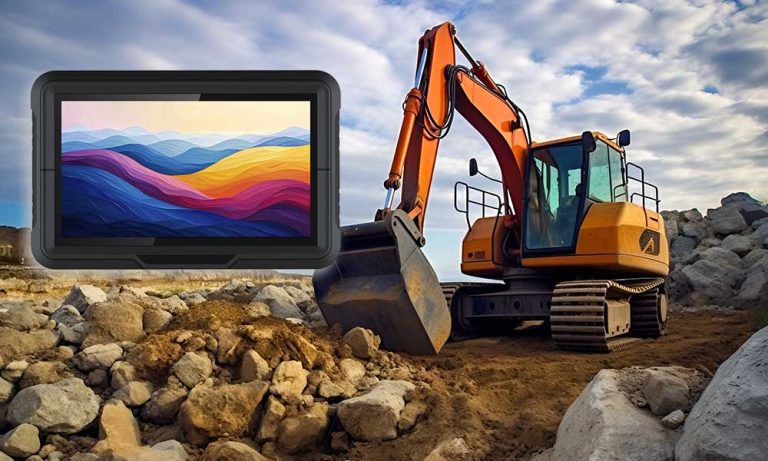In the rapidly evolving landscape of agriculture, technological advancements are driving significant transformations in farming practices. Among these innovations, smart seeding technology stands out as a game-changer, promising to revolutionize how crops are planted and cultivated. In this article, we’ll explore the future benefits of smart seeding technology and its potential impact on agricultural development.
- Enhanced Precision and Efficiency:
- Smart seeding technology utilizes advanced sensors and GPS guidance systems to achieve precise seed placement and spacing.
- By precisely controlling the number and depth of seeds planted, farmers can optimize crop yields while minimizing input costs and resource wastage.
- This precision seeding approach enhances operational efficiency and maximizes agricultural land productivity, leading to higher profitability for farmers.
- Improved Soil Health and Sustainability:
- Smart seeding technology enables farmers to tailor planting practices based on soil conditions, moisture levels, and crop requirements.
- By optimizing seed placement and spacing, farmers can promote better soil health, reduce soil erosion, and enhance water retention capacity.
- Sustainable farming practices facilitated by smart seeding technology contribute to environmental conservation efforts and support long-term agricultural sustainability.
- Real-Time Monitoring and Data Analytics:
- Smart seeding systems are equipped with sensors and monitoring devices that provide real-time data on planting operations, soil conditions, and crop performance.
- Farmers can leverage this data to make informed decisions about seed selection, planting depth, and fertilizer application, optimizing crop growth and yield potential.
- Advanced analytics tools analyze data collected from smart seeding systems, offering valuable insights into crop health, pest infestations, and environmental factors that impact agricultural productivity.
- Automation and Integration:
- Smart seeding technology integrates seamlessly with precision agriculture tools and machinery, such as autonomous tractors and drones.
- Automated planting processes reduce the labor requirements and operational costs associated with traditional planting methods, enabling farmers to focus on strategic decision-making and farm management tasks.
- Integration with farm management software allows farmers to plan and execute planting activities more efficiently, optimizing resource allocation and maximizing overall farm productivity.
- Adaptability and Scalability:
- Smart seeding technology is adaptable to various crop types, soil conditions, and farming practices, making it suitable for a wide range of agricultural operations.
- Scalable solutions cater to the needs of small-scale farmers as well as large commercial agricultural enterprises, democratizing access to advanced farming technologies.
- Continuous innovation and technological advancements in smart seeding systems ensure that farmers have access to cutting-edge tools and methodologies to meet the evolving demands of modern agriculture.
Smart seeding technology represents the future of agriculture, offering unprecedented opportunities for increased productivity, sustainability, and profitability. By harnessing the power of precision seeding, farmers can optimize resource utilization, minimize environmental impact, and meet the growing global demand for food. As the agricultural industry continues to embrace digital transformation, smart seeding technology will play a pivotal role in shaping the future of farming and ensuring food security for generations to come.
Seed technology has been advancing rapidly to address the challenges faced by agriculture. Here are some solutions that smart seeding technology offers to overcome these challenges:
- Cost-Effective Solutions:
- Innovation in seed technology has led to the development of more affordable and scalable solutions, such as modular precision seeders and sensor-based monitoring systems.
- Subscription-based models and leasing options for smart seeding equipment allow farmers to access technology without significant upfront costs.
- Simplified User Interfaces:
- User-friendly interfaces and intuitive software applications make it easier for farmers to operate and manage smart seeding systems without extensive technical knowledge or training.
- Integration with mobile devices and cloud-based platforms enables remote monitoring and control of seeding operations, enhancing convenience and efficiency.
- Interoperability and Standardization:
- Industry initiatives aimed at standardizing data formats, communication protocols, and equipment interfaces promote interoperability and seamless integration of seed technology with existing farm machinery and software systems.
- Open-source software platforms and collaborative development efforts encourage innovation and enable farmers to customize and adapt seed technology solutions to their specific needs.
- Data Governance and Privacy:
- Implementation of robust data governance frameworks and data privacy policies ensures transparent and ethical handling of farmer data collected through smart seeding technology.
- Secure data storage, encryption, and anonymization techniques protect sensitive information and safeguard farmer privacy rights, building trust and confidence in seed technology solutions.
- Enhanced Reliability and Performance:
- Advances in sensor technology, machine learning algorithms, and artificial intelligence improve the accuracy, reliability, and performance of smart seeding systems.
- Real-time monitoring, predictive analytics, and predictive maintenance capabilities enable proactive identification and resolution of technical issues, minimizing downtime and maximizing operational efficiency.
- Capacity Building and Awareness:
- Training programs, extension services, and knowledge-sharing initiatives educate farmers about the benefits and best practices of seed technology adoption.
- Collaboration between governments, NGOs, and agricultural organizations facilitates capacity building and awareness campaigns to promote the adoption of smart seeding technology among farmers.
In addition to these solutions, the integration of vehicle mount computers can further enhance smart seeding technology by providing real-time data insights, communication capabilities, and enhanced control over seeding operations. By leveraging the power of vehicle mount computers, seed technology providers can address the challenges faced by agriculture and unlock the transformative potential of smart seeding technology to drive sustainable agricultural development, improve productivity, and enhance food security.


